I apply this function
def calculate_recency_for_one_column(column: pd.Series) -> int:
"""Returns the inverse position of the last non-zero value in a pd.Series of numerics.
If the last value is non-zero, returns 1. If all values are non-zero, returns 0."""
non_zero_values_of_col = column[column.astype(bool)]
if non_zero_values_of_col.empty:
return 0
return len(column) - non_zero_values_of_col.index[-1]
to all columns of this example dataframe
df = pd.DataFrame(np.random.binomial(n=1, p=0.001, size=[1000000]).reshape((1000,1000)))
by using
df.apply(lambda column: calculate_recency_for_one_column(column),axis=0)
The result is:
0 436
1 0
2 624
3 0
...
996 155
997 715
998 442
999 163
Length: 1000, dtype: int64
Everything works fine, but my programm has to do this operation often, so I need a more efficient alternative. Does anybody have an idea how to make this faster? I think calculate_recency_for_one_column() is efficient enough and the df.apply() has the most potential for improvement. Here a as benchmark (100 reps):
>> timeit.timeit(lambda: df.apply(lambda column: calculate_recency_for_one_column(column),axis=0), number=100)
14.700050864834338
Update
Mustafa's answer:
>> timeit.timeit(lambda: pd.Series(np.where(df.eq(0).all(), 0, len(df) - df[::-1].idxmax())), number=100)
0.8847485752776265
padu's answer:
>> timeit.timeit(lambda: df.apply(calculate_recency_for_one_column_numpy, raw=True, axis=0), number=100)
0.8892530500888824
